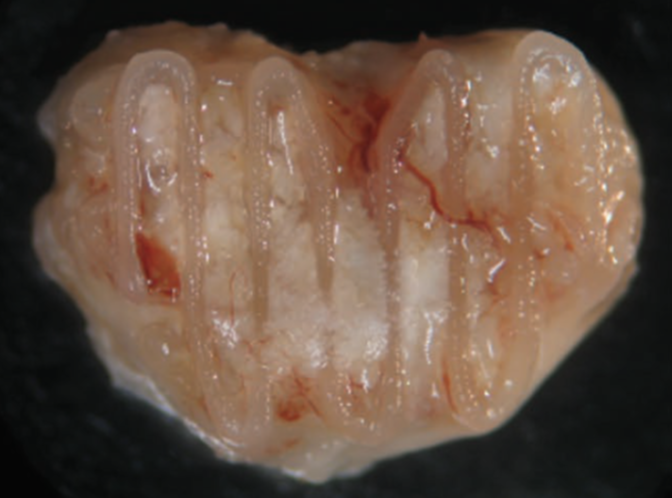Bone & osteochondral tissue engineering

Bone and osteochondral tissue engineering
Our lab has demonstrated how complex tissues, such as the bone-cartilage interface, can be regenerated by designing tissue engineering strategies that recapitulate aspects of the normal long bone developmental process (https://doi.org/10.1016/j.actbio.2012.11.008). We have also shown that it is possible to scale-up such developmentally inspired processes to regenerate large bone defects (https://doi.org/10.1016/j.biomaterials.2018.01.057), or tissue engineer entire new bones (https://www.liebertpub.com/doi/10.1089/biores.2015.0014#) or biological implants for whole joint resurfacing (https://doi.org/10.1016/j.biomaterials.2022.121750). To extend the utility of this strategy, we have used 3D bioprinting to engineer scaled-up hypertrophic cartilage templates for bone organ engineering (https://onlinelibrary.wiley.com/doi/full/10.1002/adhm.201600182#) and large bone defect repair (https://doi.org/10.1016/j.actbio.2022.07.037). We have also used phenotypically distinct microtissues within microphysiological models of bone (https://iopscience.iop.org/article/10.1088/1758-5090/acd6be/pdf) and as biological building blocks for the biofabrication of osteochondral grafts for synovial joint regeneration (https://doi.org/10.1016/j.biomaterials.2022.121750).
Example Project: https://x.com/dannykelly1978/status/1566066153683812357?s=20